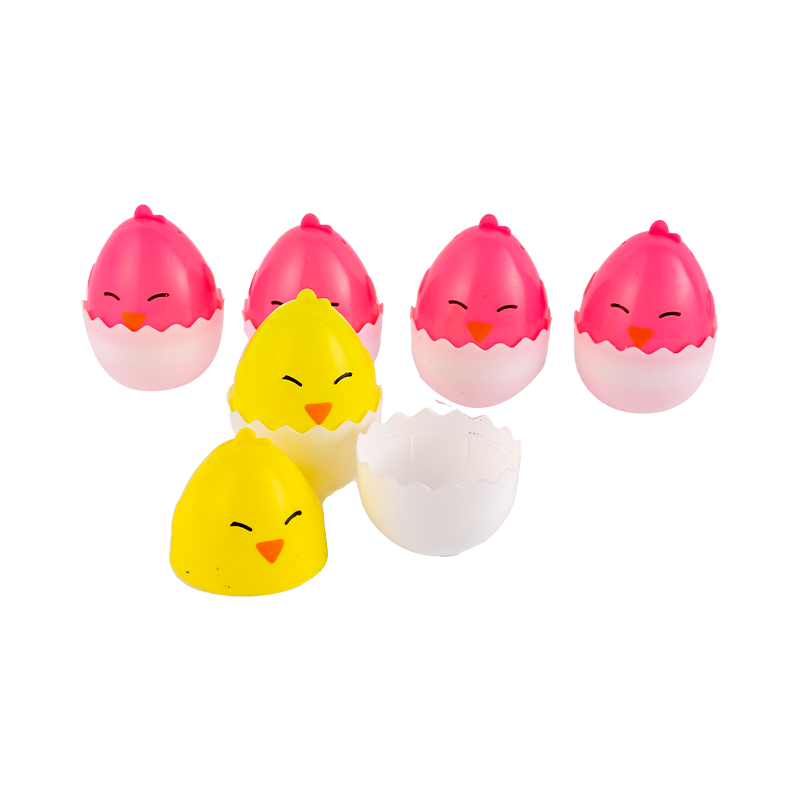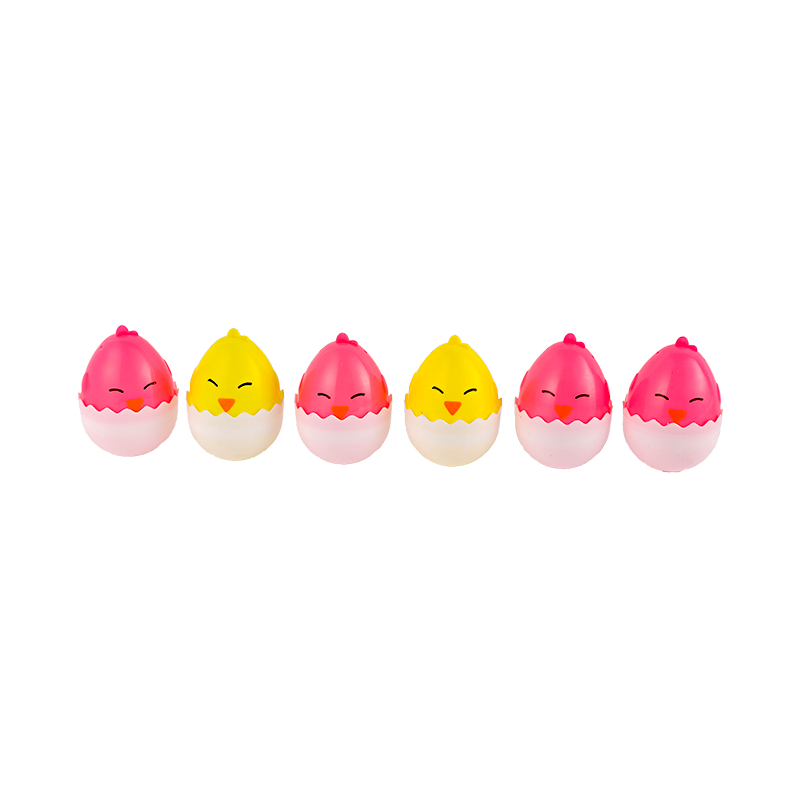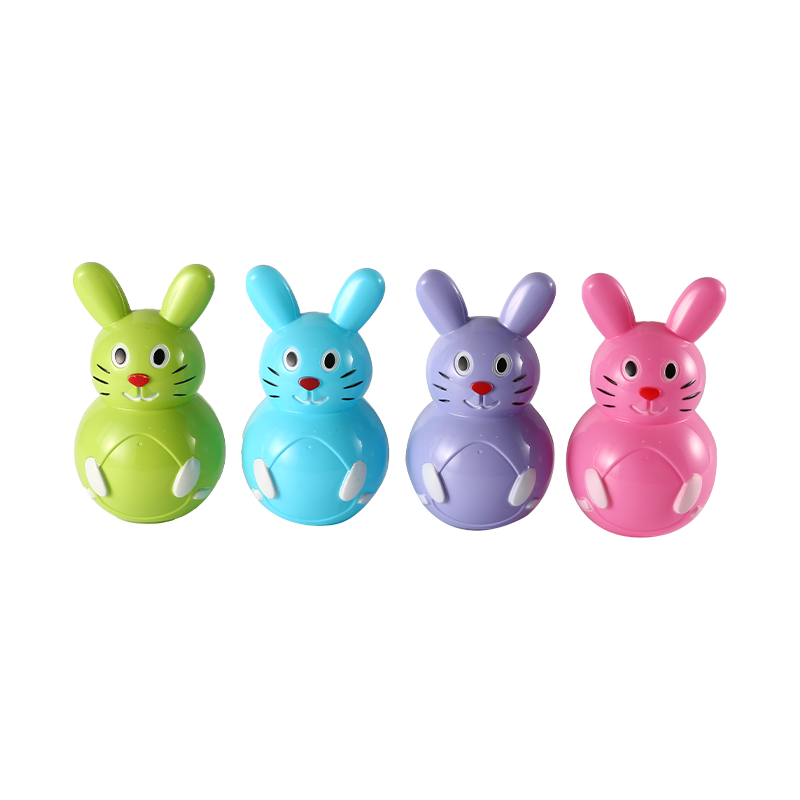Easter eggs are the most important symbol of Easter. Europeans believe that eggs have two lives: the hen lays the egg for "new birth" and the chick breaks the shell for "new birth". It was believed that the hard eggshell could not contain the new life being conceived. Rebirth symbolizes the resurrection of Jesus from the dead, the birth of new life, and the coming of spring. At the same time, eggs also represent surprises and hidden secrets.
As early as the Middle Ages in Europe, eggs have been a necessary Easter food and gift because of the meaning of "birth". In the 12th century, some people began to dye eggs, and later others painted eggs. From then on, Easter eggs were born and continue to this day. When Easter comes, relatives and friends give Easter eggs to each other as a blessing, from the folk to the royal, Easter eggs have become indispensable. People believe that eggs can bring health, beauty, strength, and wealth, so their love, dreams, and aspirations are depicted on the eggs.



 En
En  English
English русский
русский

















